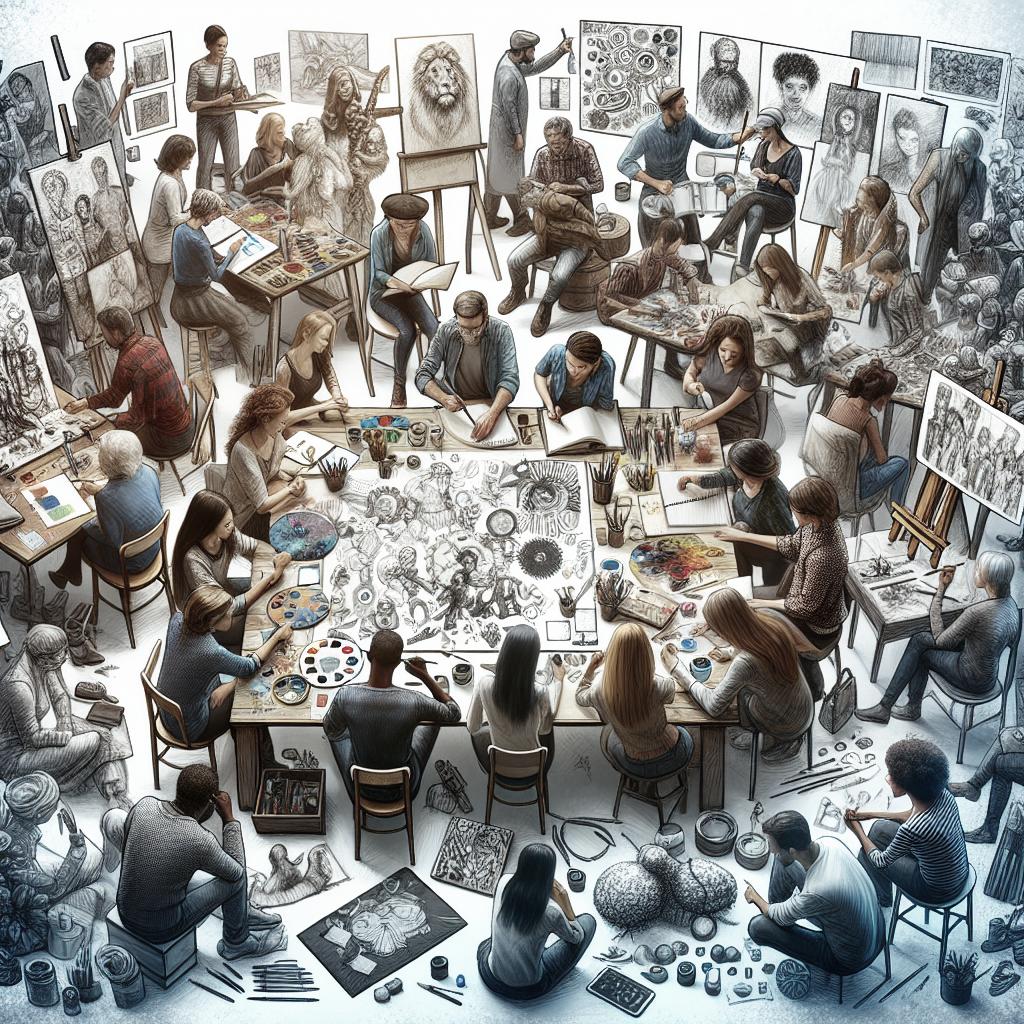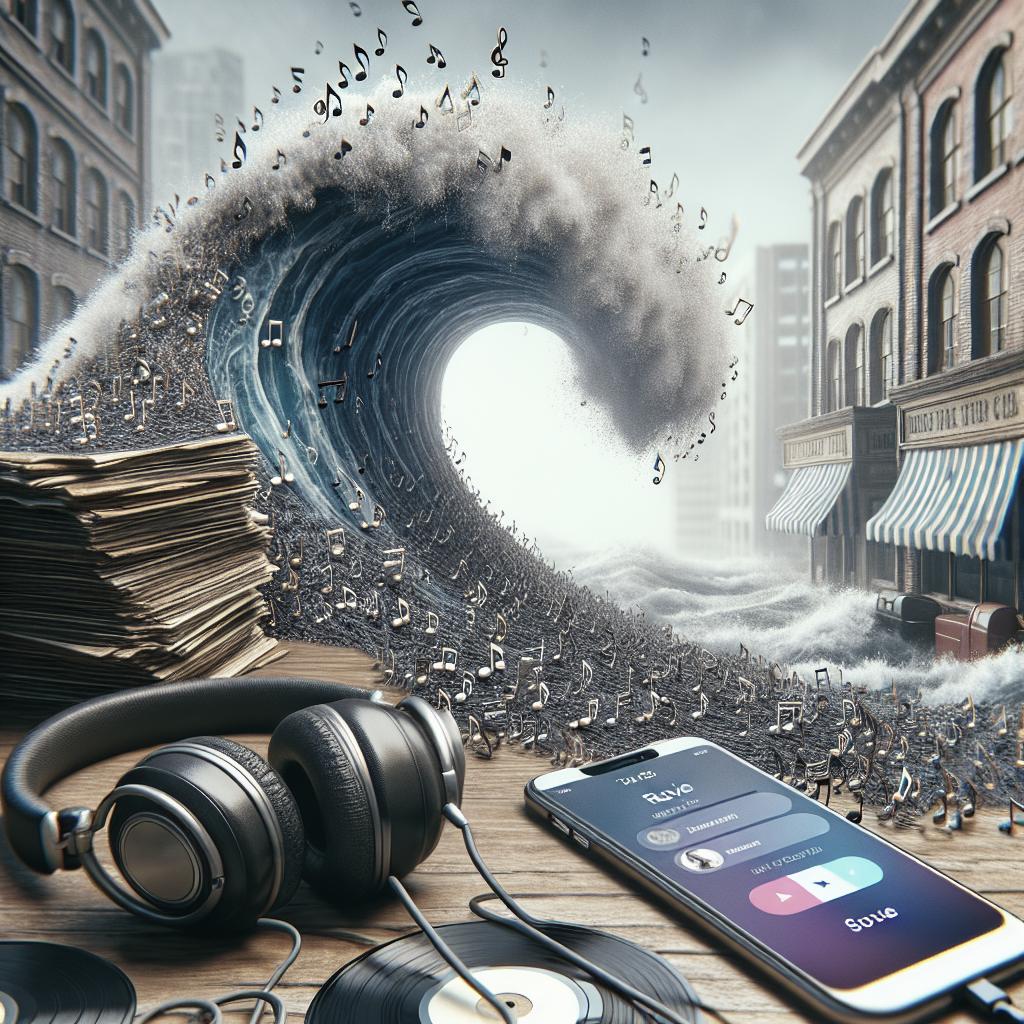“`html
How to Collaborate Effectively with Other Artists
Collaborating with other artists can be a powerful way to enhance creativity, expand your audience, and learn from different perspectives. Whether teaming up with a fellow artist in your niche, an artist from a different medium, or a brand, ensuring effective collaboration is essential. This article will guide you through the key elements of communication, starting with foundational questions, incorporating agreements in writing, conducting thorough research, and valuing your time. By focusing on these fundamental aspects, you and your collaborators can create work that is rewarding and beneficial to all parties involved.
Whether you are collaborating with a fellow artist, an artist in a different medium, or a brand or agency, clear communication is key to ensure no one leaves feeling like they wasted their time or were taken advantage of.
Start by asking questions
The foundation of any successful collaboration lies in asking the right questions. Start by understanding each participant’s expectations and goals. What are the objectives of the collaboration? Are there specific deliverables expected from each party? Knowing these details upfront will prevent misunderstandings along the way.
Further, inquire about the creative process preferred by your collaborators. Do they expect regular updates, or do they prefer autonomy until key milestones? By establishing how you’ll work together, you prevent potential friction and align your efforts towards a common goal. Keep communication open to ensure all voices are heard and respected throughout the project.
Get it in writing
Documenting the terms of collaboration can safeguard against miscommunication. A written agreement or contract can include deadlines, payment terms if applicable, responsibilities of each party, and a plan for handling disputes. When things are spelled out in writing, there’s little room for ambiguity, and it reflects professionalism.
It’s important to revisit the written agreement if project details evolve. Regularly updating the document to reflect changes ensures everyone remains on the same page, minimizing conflict and aligning expectations as the project progresses.
Do your research
Research is a crucial step before entering a collaboration. Look into the past work of your potential collaborators to understand their style, strengths, and weaknesses. Are there common threads or themes in your work that might blend well together? Knowing this can help tailor your approach to maximize the collaboration’s success.
Additionally, research current trends in the art world or industry relevant to the collaboration. Staying informed ensures your work is both relevant and innovative, capturing the interest of your intended audience and standing out in whatever space you aim to reach.
Your time is a valuable resource
Time management is a critical factor in ensuring productive collaboration. Set a timeline with realistic deadlines and allocate resources accordingly. Recognizing that both your time and your collaborator’s time are valuable encourages efficient workflow and respect for each other’s commitments.
Moreover, as projects progress, periodically assess whether the collaboration is meeting its intended goals. If not, be prepared to discuss and possibly realign your approach. Maintaining a balance between creative freedom and time management is key to bringing a successful project to fruition.
Future Prospects
Achieving effective collaboration with other artists can open doors to numerous creative possibilities and audience expansion. By emphasizing strong communication, written agreements, thorough research, and managing time wisely, artists can cultivate meaningful partnerships that are beneficial for all parties involved. As you continue your journey as an artist, remember that collaboration not only enhances your creative endeavors but can also significantly impact your professional growth.
| Key Points | Details |
|---|---|
| Start by asking questions | Understand expectations, goals, and preferred creative process. |
| Get it in writing | Draft agreements, outline responsibilities, update as necessary. |
| Do your research | Explore potential collaborators’ work, align with current trends. |
| Your time is a valuable resource | Set timelines, manage resources, reassess goals regularly. |
“`

